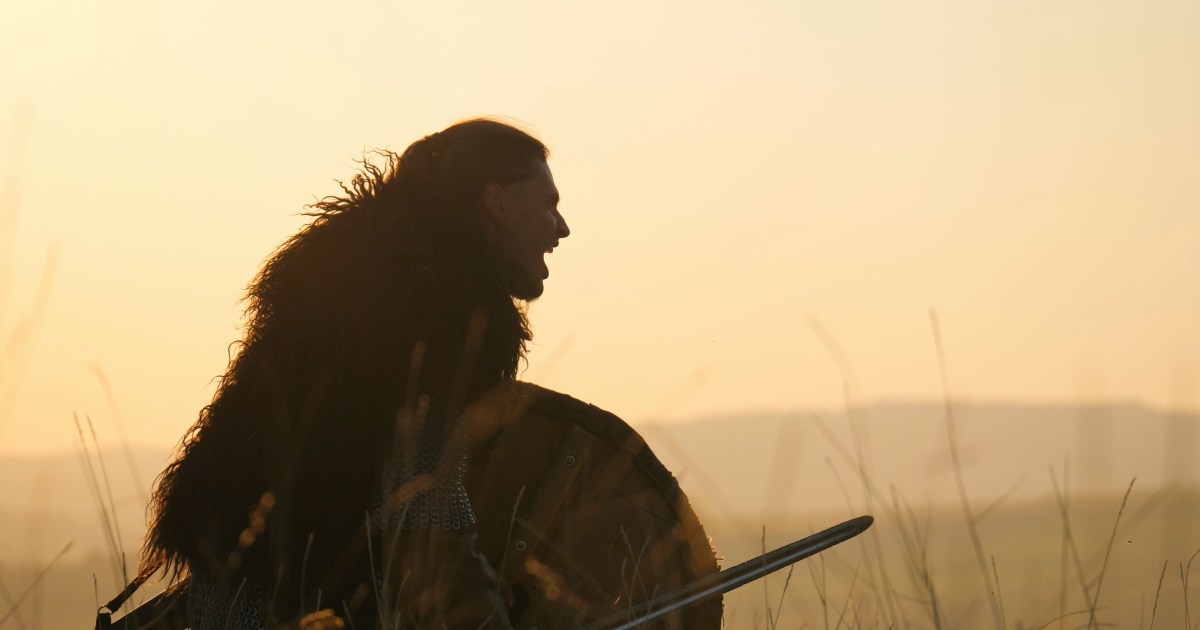Lady Wilde suggested protecting infants from being taken as changelings by sewing a bit of iron into the hem of the child's clothes (Wilde, 1888). I was taught a modern version of this, where it was recommended that a steel safety pin be attached to a child's clothing, particularly sleepwear. Another commonly recommended protection for children and babies was to hang a pair of scissors, opened into the shape of a cross, above the cradle (Briggs, 1976). A horseshoe can be hung up over the door way, points up, which not only acts to ward off fairies but is also said to draw good luck. An iron knife or cross is also an excellent protection, either carried or hung up above the door or bed (Briggs, 1976). Robert Kirk in his 1691 treatise on the Good Neighbours mentions the practice of putting "bread, the Bible, or a piece of iron" in the bed of a woman giving birth to protect the infant from being stolen. In Welsh belief a knife, particularly of iron, was so effective a protection that should friendly fairies visit a home all knives were hidden from sight lest they be offended and if a traveling person was attacked by the Othercrowd he had only to pull his blade for them to disappear (Sikes, 1880). Another method found in Germanic and Norse traditions is to hammer an iron nail into a post near the doorway or alternately part of the door frame. Additionally it is said to be as effective to draw a circle using an iron nail or knife around what you want to protect (Gundarsson, 2007).



